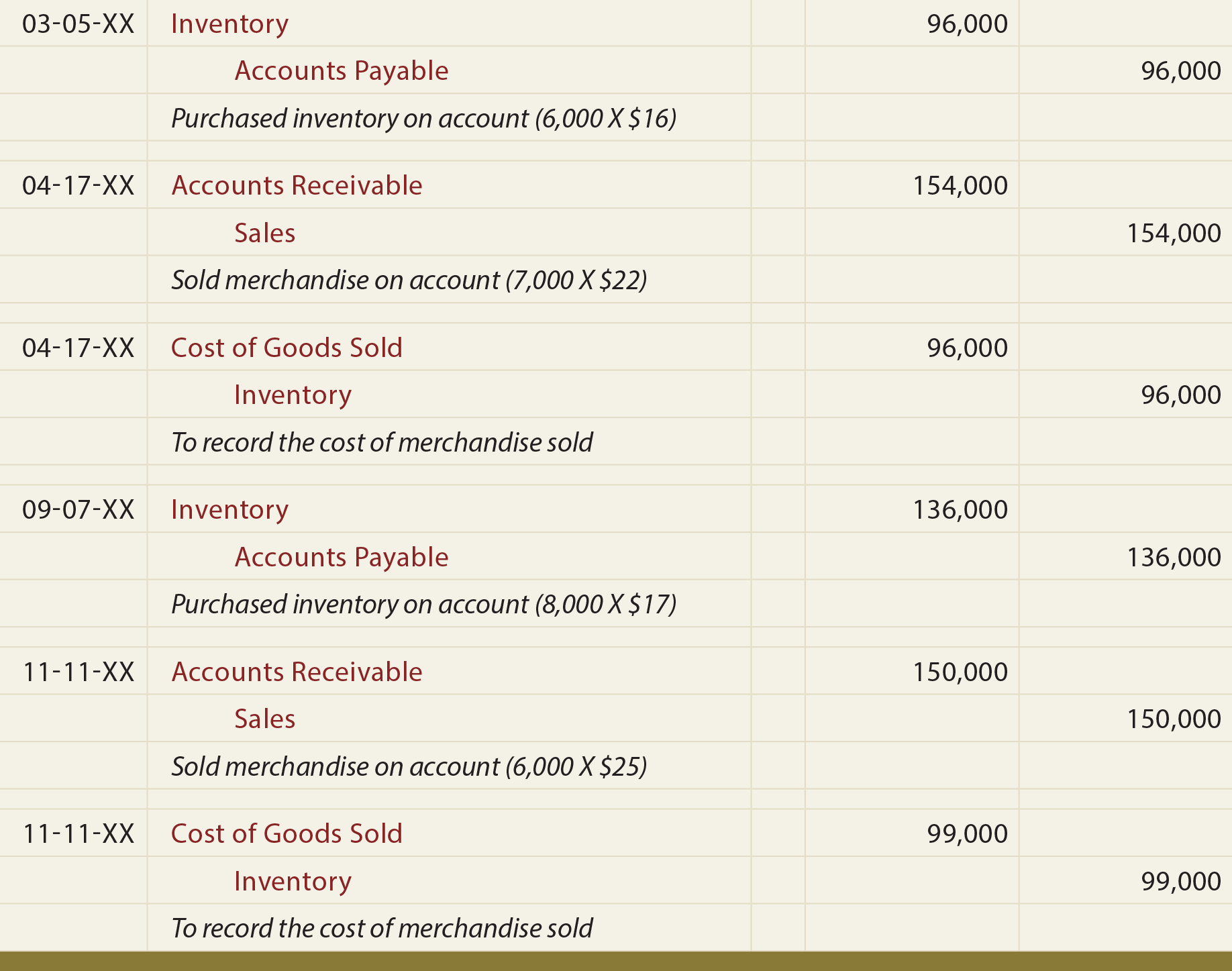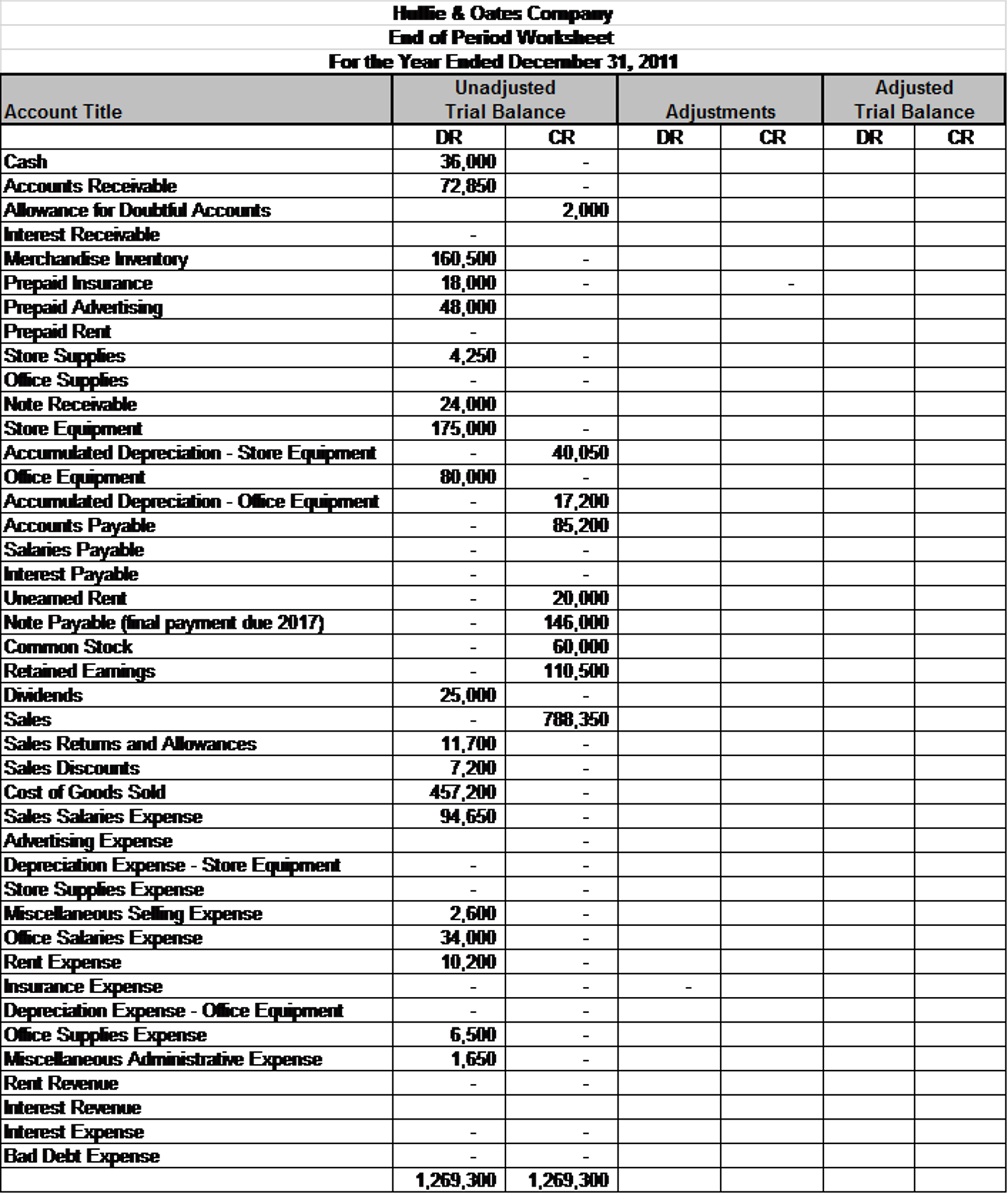
This module automates the creation and management of journal entries, ensuring consistency and accuracy in your financial statements. Organizations can achieve up to 95% journal posting automation with a pre-filled template, reducing errors and discrepancies and providing a reliable view of financial data. Manually creating your closing entries can be a tiresome and time-consuming process. And unless you’re extremely knowledgeable in how the accounting cycle works, it’s likely you’ll make a few accounting errors along the way.
Journalizing and Posting Closing Entries
After almost a decade of experience in public accounting, he created MyAccountingCourse.com to help people learn accounting & finance, pass the CPA exam, and start their career. Net income is the portion of gross income that’s left over after all expenses have been met. The term can also mean whatever they receive in their paycheck after taxes have been withheld. The term “net” relates to what’s left of a balance after deductions have been made from it.
- The last closing entry reduces the amount retained by the amount paid out to investors.
- Below are the T accounts with the journal entries already posted.
- The statement of retained earnings shows the period-endingretained earnings after the closing entries have been posted.
Step 3: Close Income Summary to the appropriate capital account
Temporary account balances can be shifted directly to the retained earnings account or an intermediate account known as the income summary account. Only incomestatement accounts help us summarize income, so only incomestatement accounts should go into income summary. The next day, January 1, 2019, you get ready for work, butbefore you go to the office, you decide to review your xero features financialsfor 2019. What are your total expenses forrent, electricity, cable and internet, gas, and food for thecurrent year? You have also not incurred any expenses yet for rent,electricity, cable, internet, gas or food. This means that thecurrent balance of these accounts is zero, because they were closedon December 31, 2018, to complete the annual accounting period.

Permanent versus Temporary Accounts
Double Entry Bookkeeping is here to provide you with free online information to help you learn and understand bookkeeping and introductory accounting.
Create a Free Account and Ask Any Financial Question
Try it free today for your next accounting period and see the difference it makes. We have completed the first two columns and now we have the final column which represents the closing (or archive) process. The year-end closing is the process of closing the books for the year. This involved reviewing, reconciling, and making sure that all of the details in the ledger add up. Closing entries are an important facet of keeping your business’s books and records in order. By maintaining your bookkeeping, you can ensure that you are constantly kept informed.
Both closing entries are acceptable and both result in the same outcome. All temporary accounts eventually get closed to retained earnings and are presented on the balance sheet. Closing all temporary accounts to the retained earnings account is faster than using the income summary account method because it saves a step. There is no need to close temporary accounts to another temporary account (income summary account) in order to then close that again.
Do you want to learn more about debit, credit entries, and how to record your journal entries properly? Then, head over to our guide on journalizing transactions, with definitions and examples for business. Keep in mind, however, that this account is only purposeful for closing the books, and thus, it is not recorded into any accounting reports and has a zero balance at the end of the closing process. Thus, the income summary temporarily holds only revenue and expense balances. Remember that all revenue, sales, income, and gain accounts are closed in this entry. To close the drawing account to the capital account, we credit the drawing account and debit the capital account.
Notice that the balance of the Income Summary account is actually the net income for the period. Remember that net income is equal to all income minus all expenses. The third entry requires Income Summary to close to the RetainedEarnings account. To get a zero balance in the Income Summaryaccount, there are guidelines to consider. The third entry requires Income Summary to close to the Retained Earnings account. To get a zero balance in the Income Summary account, there are guidelines to consider.


